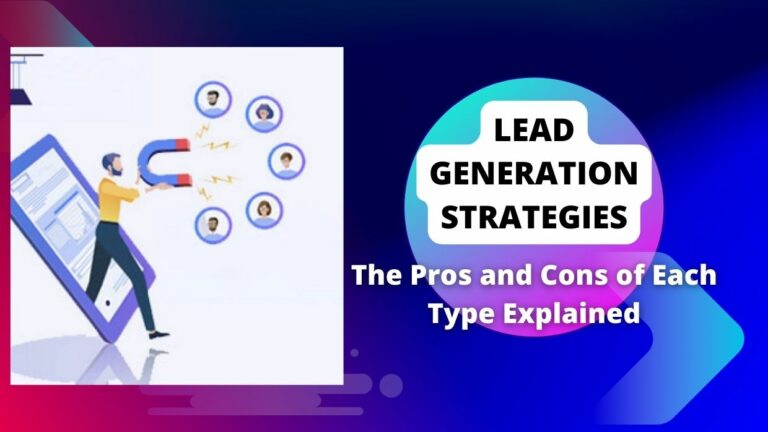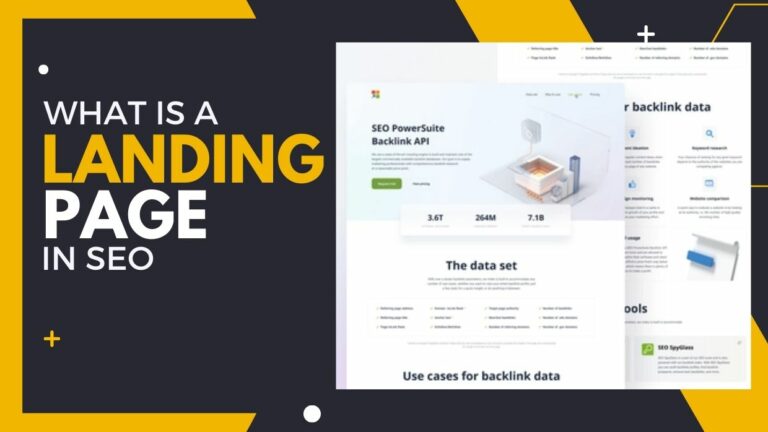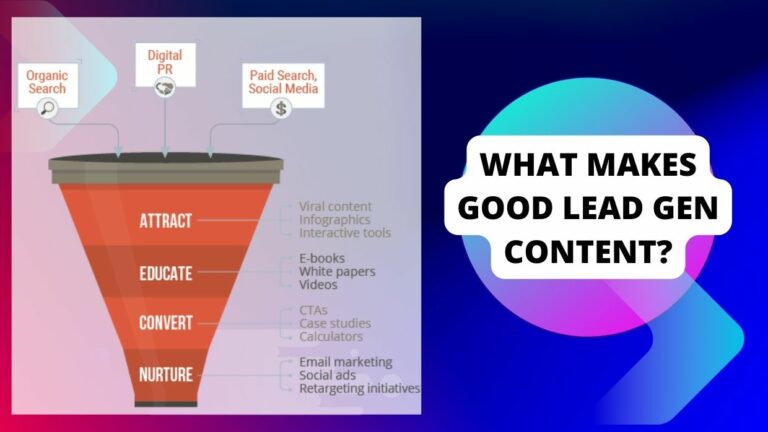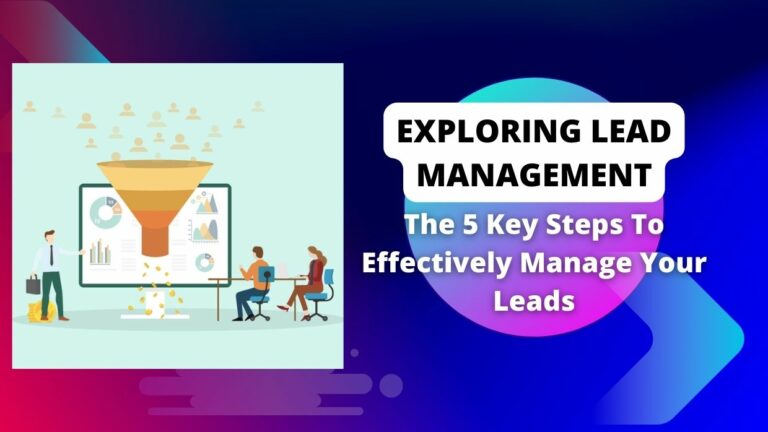How To Minimize Risk Factor in Lead Generation
Are you tired of generating leads that never convert to sales? Do you want to minimize the risk factor in your lead generation process and increase your ROI? Then, you’ve come to the right place! In today’s competitive market, it’s essential to optimize your lead generation strategies while minimizing risks.
By implementing some effective techniques and tactics for reducing potential hazards, you can achieve better results with fewer wasted resources. So let’s explore how to reduce the risk factor in lead generation and generate qualified leads that drive revenue for your business.
What is Lead Generation?
Lead generation is the process of identifying and nurturing potential customers (leads) who may eventually become paying customers. The goal of lead generation is to minimize risk by identifying and qualifying potential customers early on in the sales cycle, and then nurturing those leads until they are ready to buy.
The first step in lead generation is identifying potential leads. This can be done through a variety of means, such as online research, trade show attendance, or word-of-mouth referrals. Once potential leads have been identified, the next step is to qualify them. Qualifying leads involves determining whether or not they are a good fit for your product or service, and whether or not they are likely to make a purchase.
Once you have qualified your leads, it’s time to start nurturing them. Nurturing leads involves building relationships with them and providing them with valuable information that will help them make a buying decision. This can be done through a variety of means, such as email marketing, social media engagement, or even face-to-face interaction.
By following these steps, you can minimize risk in your lead generation efforts and increase your chances of converting leads into paying customers.
Risk Factors in Lead Generation

There are a number of risk factors to consider when generating leads, but the good news is that there are ways to minimize these risks. One of the biggest risks is that you’ll end up with a bad list of leads – either because the leads are old or inaccurate, or because they’ve been sourced from a dubious source. To avoid this, make sure you’re using a reputable lead generation service, and double-check the accuracy of any data you receive.
Another risk is that you’ll generate leads that aren’t actually interested in your product or service. This can happen if you use too broad of criteria when generating your leads, or if you target people who aren’t likely to be interested in what you have to offer. To avoid this, make sure your lead generation criteria are specific and targeted toward your ideal customer.
Finally, there’s always the risk that something will go wrong during the lead generation process itself. This could be anything from technical issues with your lead generation software to human error on your part. To minimize this risk, make sure you test your lead generation process thoroughly before launching it, and have a plan in place for what to do if something does go wrong.
Different Strategies to Minimize Risk in Lead Generation
There are many ways to minimize risk in lead generation, but here are three of the most effective:
Use a lead generation platform that offers quality control features.
When you use a lead generation platform with quality control features, you can be sure that the leads you generate are high-quality and accurate. This will reduce the risk of generating leads that aren’t interested in your product or service, or that are inaccurate.
Target your audience carefully.
When you target your audience carefully, you’re more likely to generate leads that are actually interested in what you have to offer. This will reduce the risk of generating leads that aren’t interested in your product or service.
Use a lead nurturing strategy.
When you use a lead nurturing strategy, you’re more likely to convert leads into customers. This will reduce the risk of generating leads that don’t convert into customers.
By implementing these strategies, you’ll be able to minimize the risk of generating leads that aren’t interested in your product or service.
How to Measure the Success of Lead Generation
There are a number of ways to measure the success of lead generation, including:
- The number of leads generated
- The quality of leads generated
- The cost per lead
- The conversion rate of leads to customers
Lead generation is an important part of any business’ sales and marketing strategy, and it is important to track and measure the success of your lead generation in order to optimize your efforts. By tracking the above metrics, you can get a good understanding of how effective your lead generation is and where you can improve.
Read more… What Is Lead Management in Marketing
Tips and Techniques to Optimize Lead Generation
Assuming you have a product or service that is of interest to potential customers, there are a few key things you can do to minimize risk and optimize lead generation:
- Define your target market as narrowly as possible. This will help you create focused marketing messages that are more likely to resonate with your ideal customer. When you know who you’re talking to, you can more easily create content that speaks directly to their needs and interests.
- Develop a strong value proposition. Your value proposition is what makes your product or service worth customers’ time and money. If you can’t clearly articulate why someone should buy from you, they’re not likely to take the leap.
- Research your competition thoroughly. Know what they’re offering, how they’re positioned in the market, and what their strengths and weaknesses are. This will help you develop strategies for differentiating your own offering and winning over potential customers.
- Build a comprehensive lead generation strategy. Lead generation is all about getting your name and information in front of potential customers so they can learn more about what you have to offer. There are a number of ways to generate leads, so be sure to consider all of the options and choose those that will work best for your business and target market.
- Make sure your website is optimized for lead conversion. Your website should be designed with lead generation in mind, with clear calls to action that encourage visitors to take the next step. It should also be easy to navigate and provide visitors with the information they need to make an informed decision about doing business with you.
- Leverage social media for lead generation. Social media provides a great platform for engaging potential customers and getting your message out there. It’s also an effective way to drive traffic to your website, where visitors can learn more about what you have to offer and take the next step in the sales process.
Learn more…Lead Generation Strategies: The Pros and Cons of Each Type Explained
Conclusion
Risk management and lead generation go hand in hand. Organizations must take the necessary steps to minimize their risk when engaging in activities such as lead generation. This may include training sales staff, conducting background checks on potential leads, and implementing industry best practices. By taking these proactive measures, businesses can reduce the likelihood of facing costly risks while still generating high-quality leads that will bring them closer to achieving their goals.







